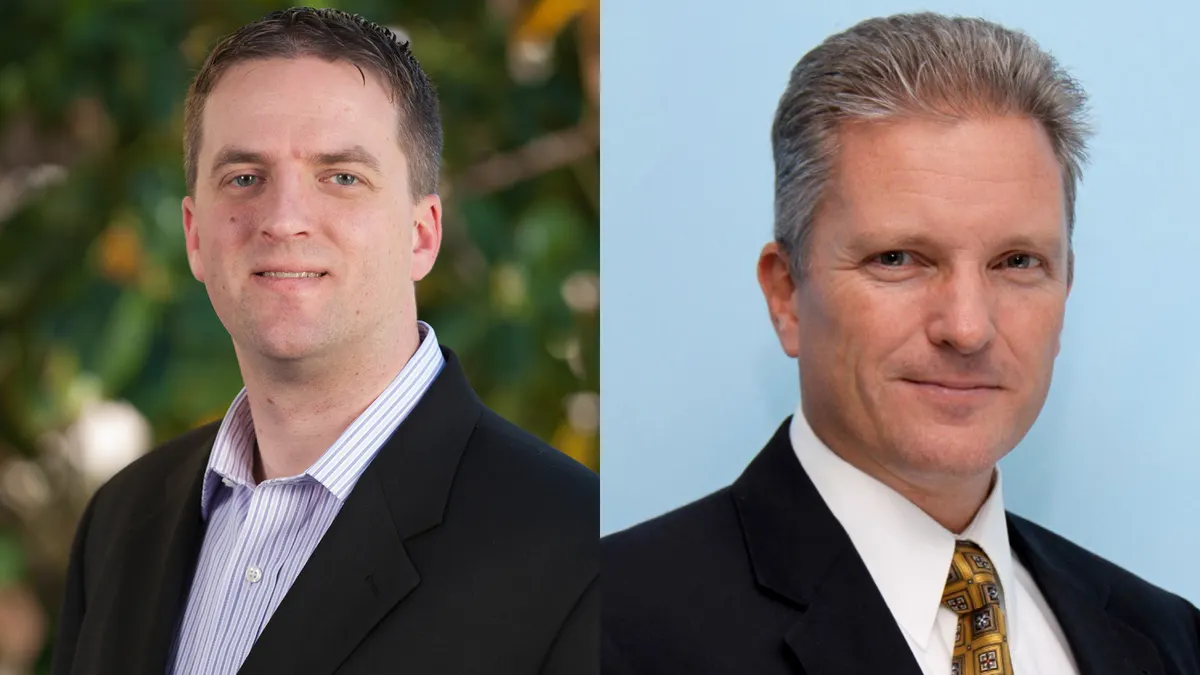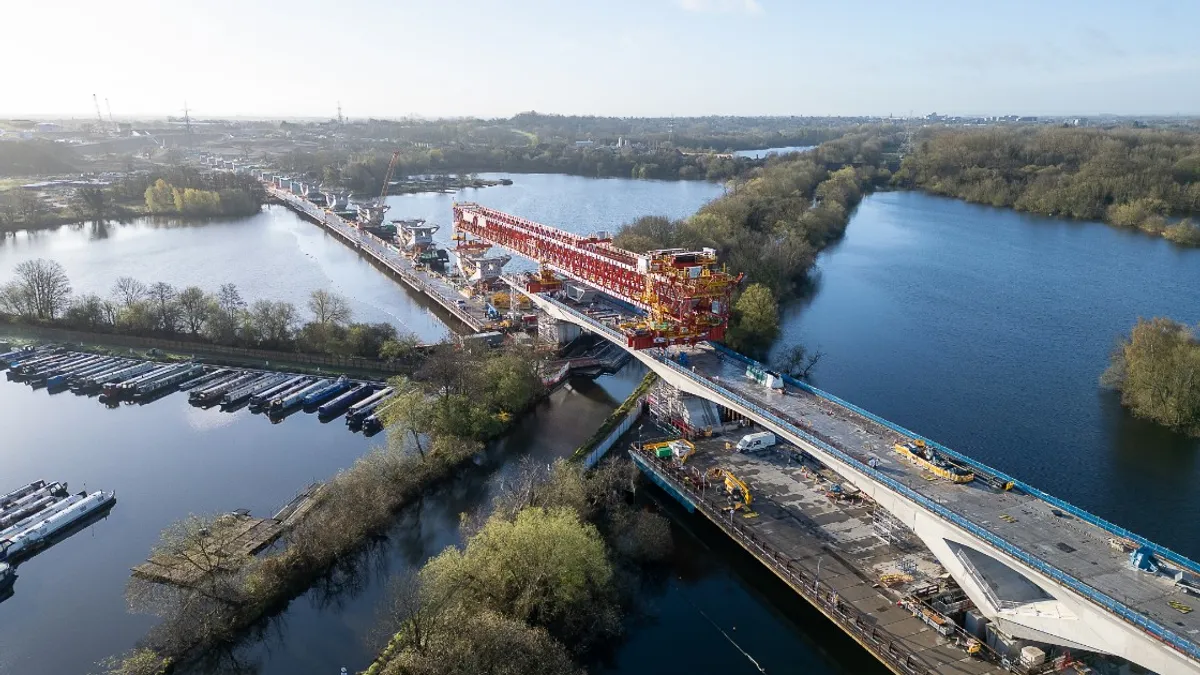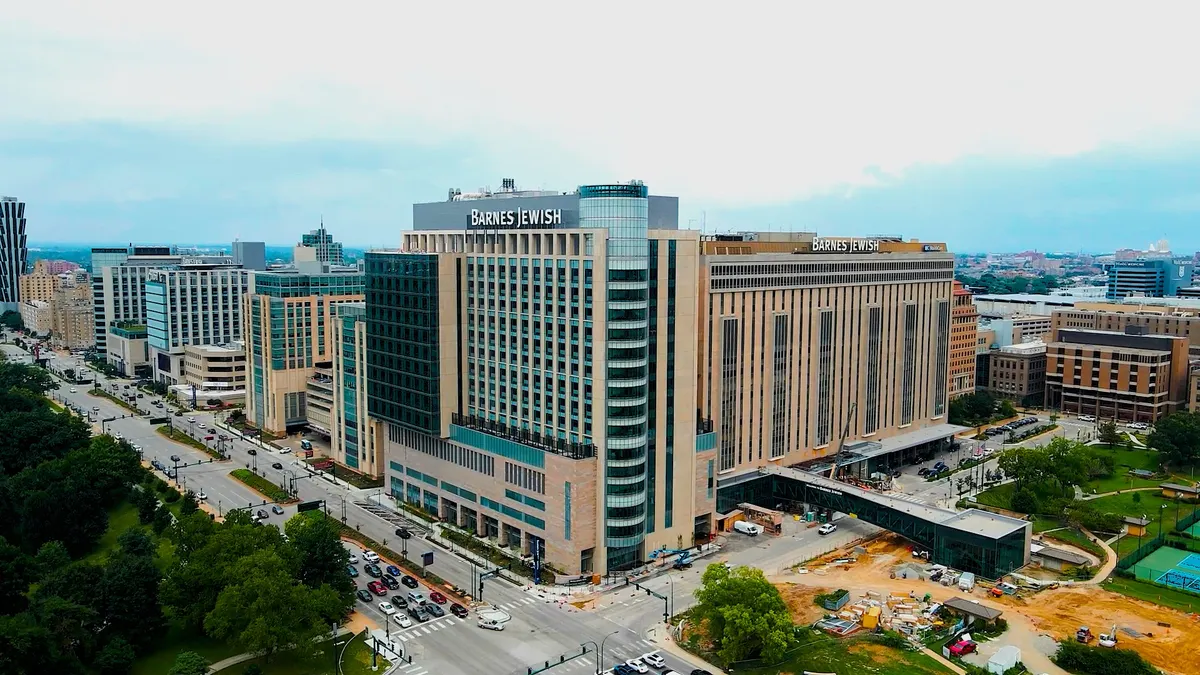MCLEAN, VIRGINIA — Aging infrastructure, extreme weather, budgetary constraints and rising material and labor costs will make innovation more critical than ever for the construction industry, said attorney Yvonne Castillo, professional liability risk advisor at Victor, a Bethesda, Maryland-based general underwriter.
However, builders must consider the legal landscape as they venture new tools and approaches, she said.
“Given this environment, innovation is going to be really important — not just as a competitive advantage if you operate in this industry, but it's just becoming a basic survival skill,” said Castillo last month at the Building Innovation 2025 conference, sponsored by the National Institute of Building Sciences. “But unfortunately, innovation does not come without risks.”
The courts are reacting to novel approaches from builders and developers, and these legal signals can guide contractors on how to pioneer in a way that maximizes chances for success, Castillo said during a conference presentation.
“Innovation isn't just about doing something new,” said Castillo. “It's about doing it in a smart way. It's about anticipating some of these risks that might be coming about, utilizing the best available science and always thinking about, well, what would a court or what would a jury, in retrospect, think was reasonable?”
Climate modeling a must
Extreme weather and changing climate patterns are forcing builders to turn to advanced data tools to guard against legal liability and to help communities recover more quickly from disaster.
The Federal Emergency Management Agency recognizes that building code minimums aren't sufficient to address the growing risk posed by today's frequent disasters, said Casey Robb, president at Acworth, Georgia-headquartered C. F. Robb Consulting Services, in a presentation. Nor is building to code enough to protect contractors from legal liability.
In light of climate change-driven extreme weather, “we have to build up our resources locally to address these issues,” said Robb. “Relying solely on minimum standards leaves the community significantly vulnerable, and it's vital to move beyond these minimum codes and adopt advanced resilience codes for measures, and also get deep in the weeds on pre-planning.”
Recent court rulings indicate that designers, builders and developers need to use climate modeling and consider elements such as likely sea level rise, or risk legal repercussions down the road. Castillo cited cases related to the Gross Reservoir Dam expansion in Colorado, the Battery Park City Resiliency Project in New York City and a housing project in Virginia Beach, Virginia, in which judges affirmed the necessity of consulting climate modeling science when planning and executing projects.
“You can certainly, on your projects, ignore climate data, but it is our suggestion that based on the court cases we're seeing and these early signs of how courts are reacting, it's not the best way to proceed. It is not the most defensible position in court,” said Castillo. “Courts view [climate data] as reliable, credible evidence that you should be incorporating into your projects.”
If a client wants to design only up to code despite knowing that this approach does not sufficiently incorporate future climate data, it’s important to note that in your contract, Castillo said.
“Make sure that everybody on the project knows that you are not going to be addressing major climate risk,” said Castillo. “Contracts matter, climate data matters, insurance matters.”
De-risking innovation
Novel materials and processes bring an increased risk of errors and claims, according to Mika Dewitz-Cryan, vice president and risk management attorney at Victor, in a presentation.
“Even when you're working with familiar and tested products or materials or equipment, if you're using it in a new and unprecedented way, it could introduce new hazards or dangers,” Dewitz-Cryan said. “Sometimes a new technology fails, not because there's something defective with that specific material, but simply because there's a lack of established standards or knowledge about how something should be properly operated and maintained.”
Try to anticipate as many different variables as possible that may be important, and plan accordingly, said Dewitz-Cryan. Ensure that contract language clearly specifies responsibilities and expectations around innovative approaches, and communicate potential benefits and pitfalls as well as likely impacts to the project schedule and budget.
“Always consider consulting with experts for accurate insights. For instance, you might hire an outside firm to test the materials,” Dewitz-Cryan said, because you don’t know what you don’t know. “Prepare alternatives — always have a plan B.”
Sometimes clients are wary of cutting-edge technology, such as generative artificial intelligence, Dewitz-Cryan said. If a client wants you to only use what's proven, that should be communicated early on, but there is also risk in sticking to one way of doing things.
“What's considered innovative today is not always going to be considered innovative,” Dewitz-Cryan said. “It's important to stay up to date with what's going on to ensure you're not being left behind.”























